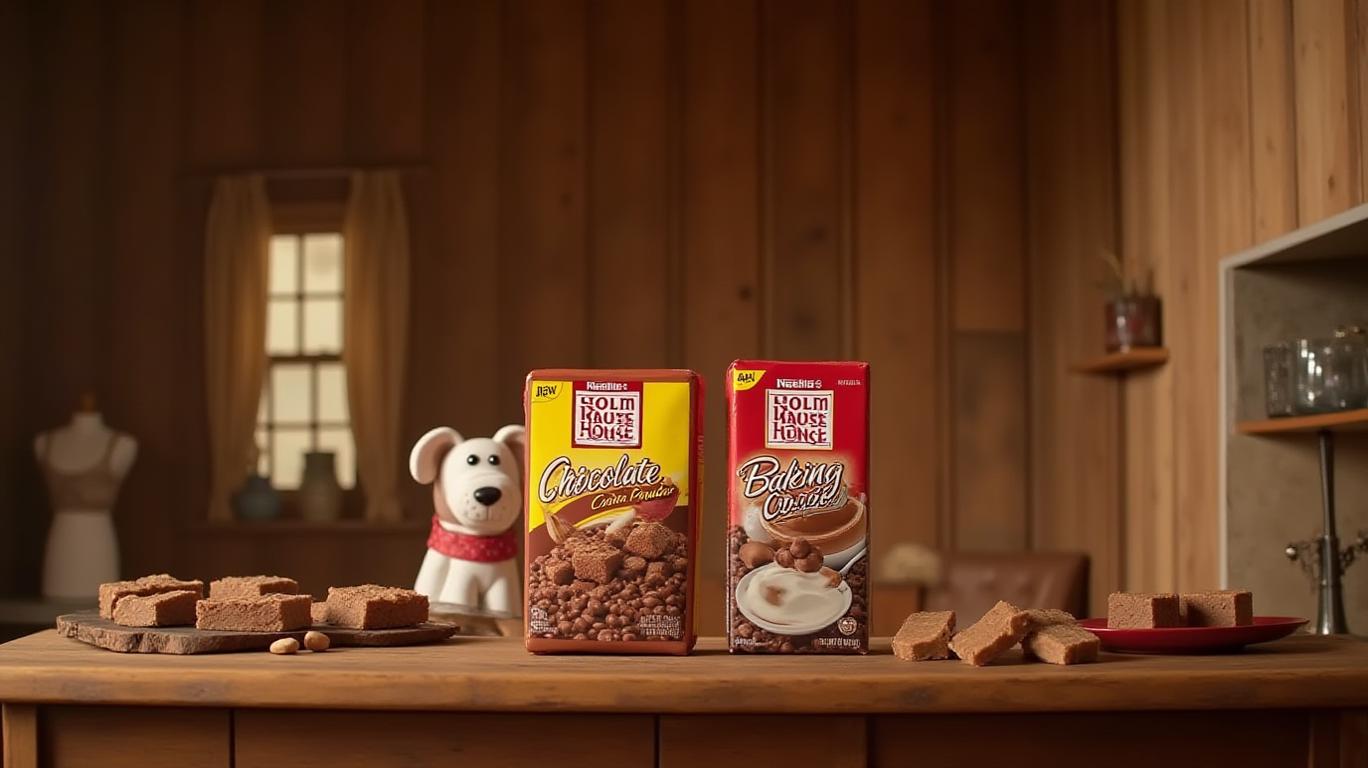Nestlé’s Strategic Pricing Adjustments: Navigating Inflation and Securing Market Share
Nestlé’s U.S. division has announced price increases for iconic chocolate products, including
morsels, baking cocoa, and fudge kits, effective June 23. This move underscores the Swiss multinational’s aggressive stance in combating soaring commodity costs, particularly cocoa and coffee, which have surged to record highs. The decision reflects a broader strategy to offset inflationary pressures while maintaining profitability—a critical theme for consumer goods companies in 2025.
The Catalyst: Commodity Cost Pressures
The price hikes are directly tied to rising input costs. Cocoa futures have hit multi-year highs, driven by supply chain disruptions in key producing regions like Ivory Coast and Ghana. Coffee prices, too, have surged due to weather-related shortages in Brazil and Vietnam. Nestlé’s CFO, Anna Manz, has emphasized that these categories—coffee and confectionery—are “resilient” due to their status as impulse or gifting items, suggesting demand elasticity is low enough to justify higher prices.
Financial Context: Q1 2025 Performance
Nestlé’s first quarter of 2025 revealed a company balancing growth and cost discipline. Organic sales rose 2.2%, with confectionery leading gains at 8.9%, fueled by double-digit pricing in markets like Brazil and the U.S. Coffee also grew 5.1%, driven by mid-single-digit price increases. However, real internal growth (RIG) dipped in some regions due to volume declines as consumers adjusted to higher prices.
The company’s “Fuel for Growth” program, targeting CHF 700 million in 2025 savings, aims to offset inflation while funding innovation. This includes simplifying operations in Europe and investing in premium segments like PetCare and Nespresso.
Market Reactions and Risks
Investors have responded cautiously. While Nestlé reaffirmed its 2025 guidance (sales growth exceeding 2024, UTOP margin ≥16%), concerns linger about tariff impacts and supply chain bottlenecks. Competitors like Hershey (HSY) have also raised prices, with its stock rising 5% on news of similar cost pressures, highlighting sector-wide challenges.
Key risks include:
1. Consumer Backlash: Though demand for coffee and chocolate is resilient, prolonged price hikes could strain affordability in emerging markets.
2. Supply Chain Volatility: New tariffs or geopolitical disruptions (e.g., Brazil’s coffee production) could amplify cost pressures.
3. Margin Compression: Competitors may retaliate with their own pricing strategies, intensifying market saturation.
Why This Matters for Investors
Nestlé’s pricing moves are not merely reactive—they are strategic. By focusing on premiumization (e.g., Purina ProPlan, Sanpellegrino) and localized production (90% of U.S. sales made domestically), the company is insulating itself from global trade risks. The Q1 results show market share gains in Brazil, the U.S., and Latin America, while Europe’s stabilization in PetCare and Nespresso signals operational agility.
Moreover, the 2024 sales dip to $101 billion (down from $103 billion in 2023) has been offset by a 2025 outlook of improved momentum, with second-half 2024 growth hitting 2.3%. The $2.8 billion cost-saving target by 2027 further supports reinvestment in high-margin areas like health science and premium beverages.
Conclusion: A Resilient Play in Volatile Markets
Nestlé’s Q2 2025 pricing adjustments are part of a well-calibrated strategy to navigate inflation while protecting margins. With pricing contributing 2.1% to organic growth in Q1, the company has demonstrated its ability to pass costs to consumers in “resilient” categories. While risks like tariff uncertainty and supply chain volatility remain, Nestlé’s diversified portfolio, cost discipline, and share gains in key markets make it a defensive yet opportunistic investment in 2025.
Investors should monitor commodity price trends and RIG recovery in regions like North America, where frozen foods and coffee creamers are still recovering. If Nestlé maintains its 2025 sales growth trajectory and UTOP margins exceed 16%, the stock could outperform peers in a cost-sensitive environment. For now, the chocolate giant’s resilience is baked into its strategy—and its bottom line.

Comments
No comments yet